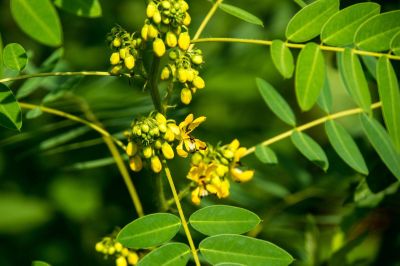About Wild Senna Plants
What is senna? Also called wild senna, Indian senna, and American senna, this plant is a perennial that’s hardy in USDA zones 4 through 7. It grows throughout the northeastern U.S. and southeastern Canada but it is considered endangered or threatened in many parts of this habitat. Senna herbal use is very common in traditional medicine. The plant is an effective natural laxative, and the leaves can easily be brewed into a tea with proven effects fighting constipation. Steeping the leaves for 10 minutes in boiling water should make for a tea that will produce results in about 12 hours – it’s best to drink the tea before bed. Since the plant has such strong laxative properties, it has the added bonus of being mostly left alone by animals.
Senna Herb Growing
Wild senna plants grow naturally in moist soil. While it will tolerate moist and very poorly draining soil, many gardeners actually choose to grow senna in drier soil and sunny spots. This keeps the plant’s growth limited to about 3 feet (0.9 m.) in height (as opposed to 5 feet (1.5 m.) in wetter soil), making for a more shrub-like, less floppy appearance. Senna herb growing is best started in the fall. Scarified seeds can be planted at a depth of 1/8 inch (3 mm.) in either autumn or early spring at 2 to 3 feet (0.6-0.9 m.) apart. The plant will spread by underground rhizomes, so keep an eye on it to ensure it doesn’t get out of control. Disclaimer: The contents of this article are for educational and gardening purposes only. Before using ANY herb or plant for medicinal purposes, please consult a physician or a medical herbalist for advice.
